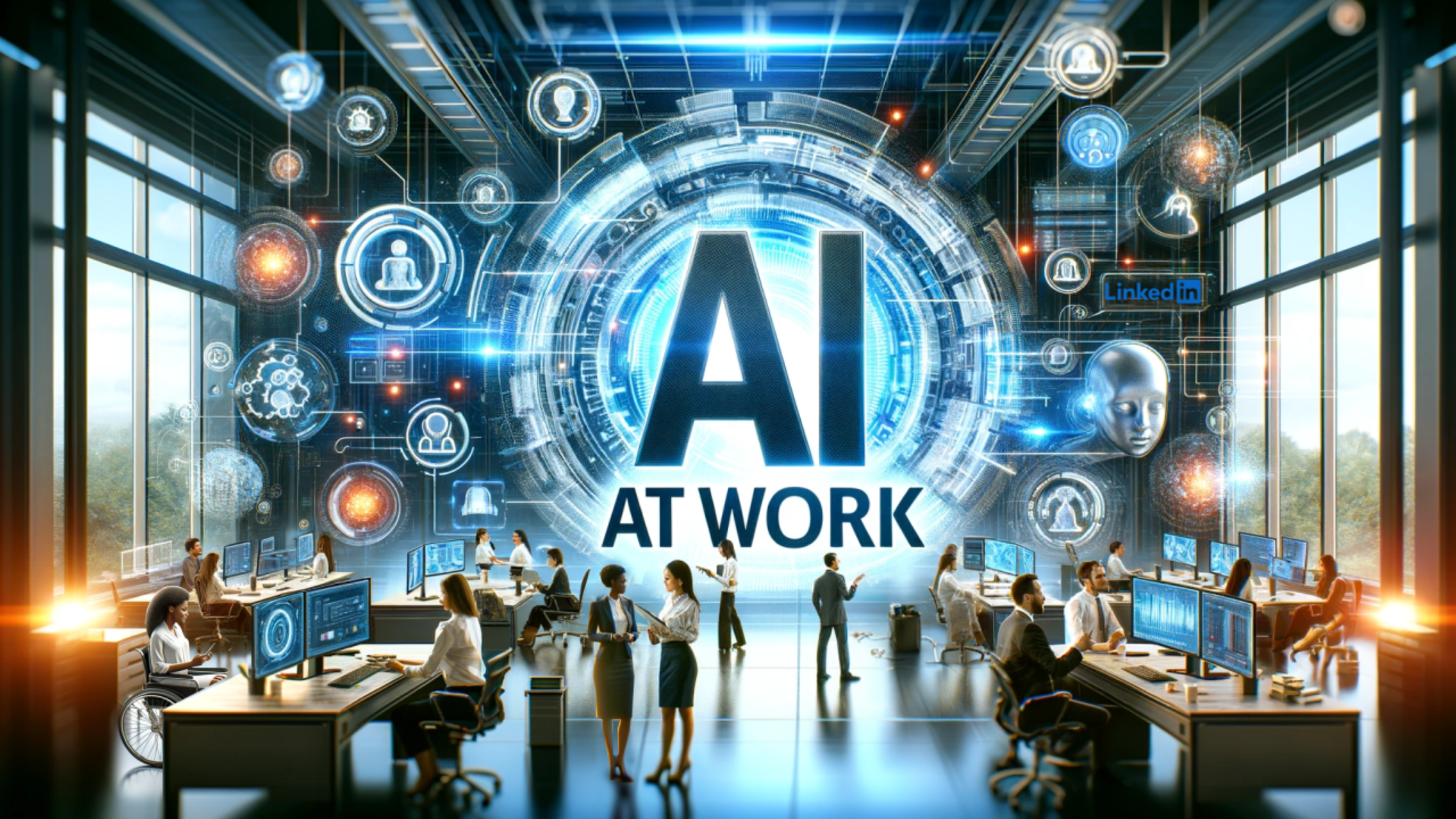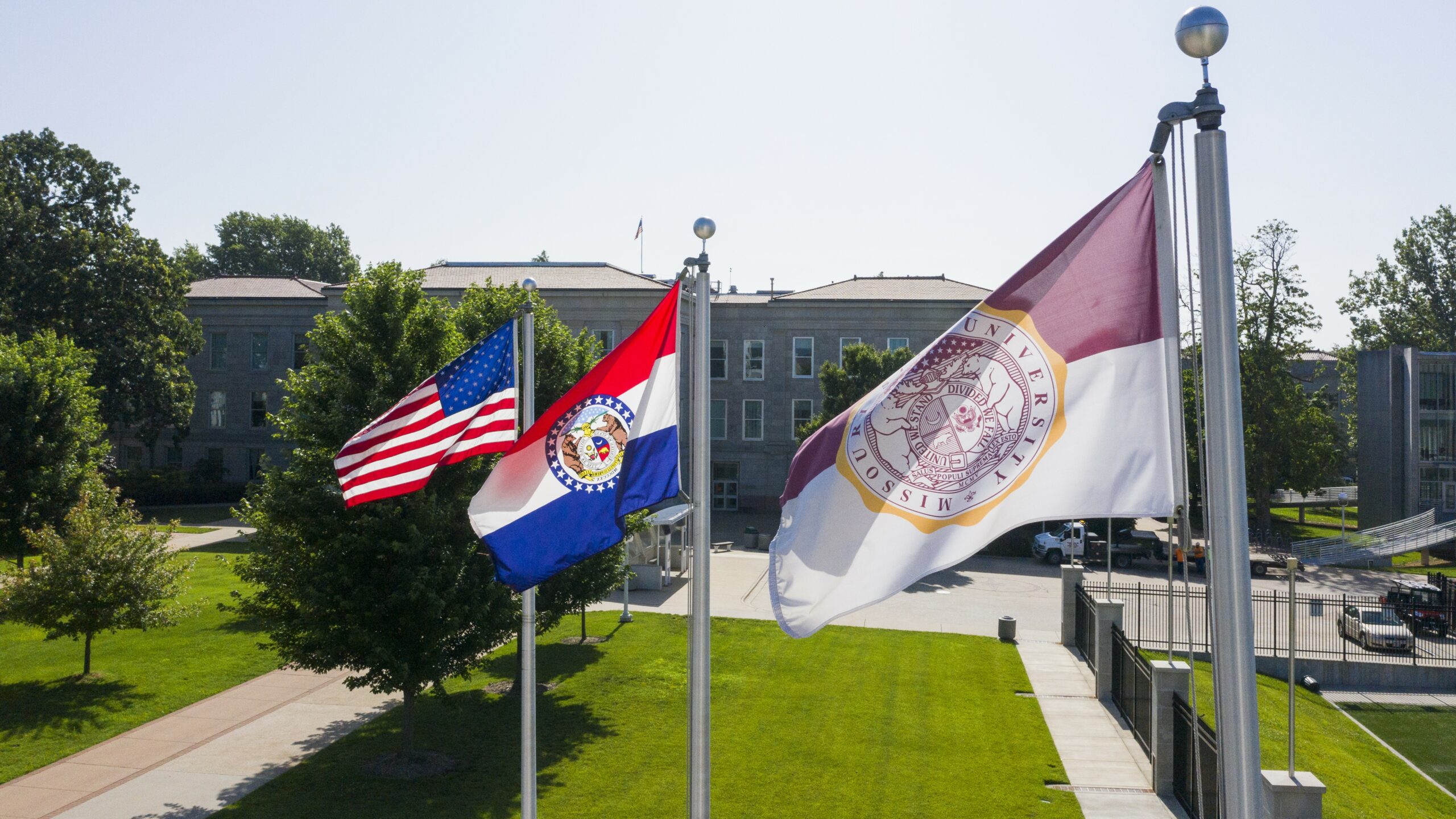For generations, a college education has been seen as the best path to a good job. The conventional wisdom has gone something like this: get into a good school, study hard, and start your career when you get out.
But the reality is increasingly problematic, as new grads find it tougher and tougher to find meaningful employment. This is partly because new technologies are having a major effect on the nature of work. New skills — both hard and soft — are needed for those entering the job market, something many feel the majority of universities are failing to provide.
“The future of work is now,” says Daniel Pianko, the co-founder and managing director of University Ventures which invests in private education companies. “Too many people in think tanks are talking about what happens when the singularity occurs, and AI becomes a dominant force in society. And the reality is we’ve got seven million unfilled jobs today. About five million of those require some significant amount of training and skilling-up. So, while people are thinking 20-30 years out into the future, people should really be talking about how we fill seven million unfilled positions today?”
WorkingNation Overheard: Daniel Pianko at ASU GSV Summit 2019 | WorkingNation
Daniel Pianko, Managing Partner at University Ventures, speaks with WorkingNation at ASU GSV Summit 2019 about the future of work.More info:University Ventur…
Graduating Students Need Real-World Skills
Pianko is one of those who believe that our colleges are not doing enough to give students the skills they need to thrive in the post-graduation workplace. In May, he testified before Congress that, “Even in a robust economy, over 40 percent of college graduates are still underemployed in their first job. And we know that if they’re underemployed in their first job, two-thirds of the time they’ll be underemployed five years later, and half the time they’ll be underemployed ten years later.”
The numbers are troubling in light of what Pianko recently told WorkingNation at the ASU GSV Summit on education, workforce, and technology — there are plenty of jobs. The question is, how do we train people for employment that has become increasingly more reliant on digital skill sets?
An estimated $1 trillion already is being spent on human capital development, with about half of that going to higher education, according to Pianko. He doesn’t believe new government programs are needed. Instead, he’s calling for a reallocation of existing assets.
“Most universities are not preparing their students for the future of work. And that’s something that I think many colleges should be doing, especially the community colleges, state colleges, the non-R1 (doctoral research) institutions. There’s a lot of money already being spent. It’s just deployed against general human capital as opposed to skills-specific human capital. And that shift can happen tomorrow.”
Making the Connection Between Employer and Graduate
Too few universities understand what skills are needed by employers and as a result, they’re struggling to keep up, Pianko says. Part of that rests on the nature of the university which has been slow to change because of tradition and the economics of higher education. He notes that schools aren’t evaluated on job placement or employment outcomes, which provides them with little incentive to align curricula to employer needs.
Pianko acknowledges that some schools have begun moving in that direction, citing programs at Arizona State University, Western Governors University, and Southern New Hampshire University. “But I don’t think there’s enough of it, you know, it’s the exception still rather than the rule. Of the 4,000 or so universities, only a handful, maybe less than five percent are actually taking this call to action seriously.”
The Hiring Process
The way we apply to jobs also is making new graduates invisible to companies. An estimated 85 percent of all job openings are posted and processed online. Faced with a glut of resumes, more companies are turning to keyword-based Applicant Tracking Systems to filter potential hires. These keyword matches are increasingly focused on technology, making sure the applicants have specific digital skills or backgrounds in ubiquitous software programs like Salesforce. Without these types of experiences and training, graduates have little to no chance of having their application seen by hiring managers.
“So, you know, Salesforce really cares about making sure that enough people know how to use Salesforce in order to power sales functions in our country,” Pianko says. “Electronic medical records all run on a software platform called Epic. We don’t have enough people who know how to program in Epic. So, how is a technology platform like Epic going to actually train enough people so that the availability of skilled talent isn’t slowing their growth? And so, I think it really not just applies to the companies on how they operate, but also the technology platforms and other major drivers of innovation to make sure that they’re enough people trained in their ecosystem to be successful.”
A Commitment to Homegrown Talent
Pianko estimates $200 billion is spent on what he calls the “job search industrial complex”: recruiting firms that charge significant money to connect businesses with employees whose skills are in demand.
He believes businesses should reallocate that money by investing in free training, either privately or at the university level, to help potential employees get that elusive first job, something he has called an “Employer-Down” model and a more cost-effective way to fill open positions.
“I think that what is going to be one of the defining characteristics of successful companies in the next five to 10 years is adjusting to this new world of work where high-skilled talent you actually have to grow yourself or figure out a way to contract in one of these pathways to employment in order to get the quality of people that you need and really the specialized skill sets.”
Changing Laws to Enable Success
In his testimony before Congress, Pianko outlined four changes at the federal level he believes can help bridge the gap between higher education and employment, and which should be included in the reauthorization of the Higher Education Act (HEA).
First, allow companies that prepare and hire workers to be eligible for programs like Pell Grants and Workplace Innovation and Opportunity Act (WOIA) funds to offset the education costs.
Second, tweak funding for the Federal Work Study (FWS) program so that colleges are incentivized to connect students to private sector jobs that they could move into full-time after graduation. According to the Department of Education, 92 percent of the more than $1 billion spent on FWS went to subsidize on-campus jobs.
Third, Congress should use the HEA as a tool to encourage the introduction of work experience into academic programs through the Work College designation. He says such a move has been shown to reduce education costs while improving job hiring.
Fourth, overhaul the federal financial aid system, especially for graduate-level education. Pianko cites the Grad Plus Loan program as costing the federal government $67 billion annually, with no direct link between that funding and employment.
Pianko credits Congress with providing incentive and access to higher education but notes that now, more than ever, it’s important to ensure that a degree connects to employment and future success.
Jeff Ryder is an award-winning journalist, writer, and digital producer. His credits include initiatives for Verizon, Penske Racing, Sprint, Sony, McDonald’s, and Rolling Stone.
You may also like…
Career readiness is a concern for parents and employers
College Alternatives: The disruption in higher education is here
Adaptability needs to replace fear in the future of work











